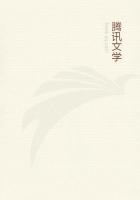1
Extrauterine Pregnancy.--In the consideration of prenatal anomalies, the first to be discussed will be those of extrauterine pregnancy. This abnormalism has been known almost as long as there has been any real knowledge of obstetrics. In the writings of Albucasis, during the eleventh century, extrauterine pregnancy is discussed, and later the works of N. Polinus and Cordseus, about the sixteenth century, speak of it; in the case of Cordseus the fetus was converted into a lithopedion and carried in the abdomen twenty-eight years. Horstius in the sixteenth century relates the history of a woman who conceived for the third time in March, 1547, and in 1563 the remains of the fetus were still in the abdomen.
Israel Spach, in an extensive gynecologic work published in 1557, figures a lithopedion drawn in situ in the case of a woman with her belly laid open. He dedicated to this calcified fetus, which he regarded as a reversion, the following curious epigram, in allusion to the classical myth that after the flood the world was repopulated by the two survivors, Deucalion and Pyrrha, who walked over the earth and cast stones behind them, which, on striking the ground, became people. Roughly translated from the Latin, this epigram read as follows: "Deucalion cast stones behind him and thus fashioned our tender race from the hard marble. How comes it that nowadays, by a reversal of things, the tender body of a little babe has limbs nearer akin to stone?"Many of the older writers mention this form of fetation as a curiosity, but offer no explanation as to its cause. Mauriceau and de Graaf discuss in full extrauterine pregnancy, and Salmuth, Hannseus, and Bartholinus describe it. From the beginning of the eighteenth century this subject always demanded the attention and interest of medical observers. In more modern times, Campbell and Geoffroy-Saint-Hilaire, who named it "Grossesse Pathologique,"have carefully defined and classified the forms, and to-day every text-book on obstetrics gives a scientific discussion and classification of the different forms of extrauterine pregnancy.
The site of the conception is generally the wall of the uterus, the Fallopian tube, or the ovary, although there are instances of pregnancy in the vagina, as for example when there is scirrhus of the uterus; and again, cases supposed to be only extrauterine have been instances simply of double uterus, with single or concurrent pregnancy. Ross speaks of a woman of thirty-three who had been married fourteen years, had borne six children, and who on July 16, 1870, miscarried with twins of about five months'
development. After a week she declared that she was still pregnant with another child, but as the physician had placed his hand in the uterine cavity after the abortion, he knew the fetus must be elsewhere or that no pregnancy existed. We can readily see how this condition might lead to a diagnosis of extrauterine pregnancy, but as the patient insisted on a thorough examination, the doctor found by the stethoscope the presence of a beating fetal heart, and by vaginal examination a double uterus. On introducing a sound into the new aperture he discovered that it opened into another cavity; but as the woman was pregnant in this, he proceeded no further. On October 31st she was delivered of a female child of full growth. She had menstruated from this bipartite uterus three times during the period between the miscarriage of the twins and the birth of the child. Both the mother and child did well.
In most cases there is rupture of the fetal sac into the abdominal cavity or the uterus, and the fetus is ejected into this location, from thence to be removed or carried therein many years; but there are instances in which the conception has been found in situ, as depicted in Figure 2. A sturdy woman of thirty was executed on January 16, 1735, for the murder of her child. It was ascertained that she had passed her catamenia about the first of the month, and thereafter had sexual intercourse with one of her fellow-prisoners. On dissection both Fallopian tubes were found distended, and the left ovary, which bore signs of conception, was twice as large as the right. Campbell quotes another such case in a woman of thirty-eight who for twenty years had practised her vocation as a Cyprian, and who unexpectedly conceived. At the third month of pregnancy a hard extrauterine tumor was found, which was gradually increasing in size and extending to the left side of the hypogastrium, the associate symptoms of pregnancy, sense of pressure, pain, tormina, and dysuria, being unusually severe. There was subsequently at attack of inflammatory fever, followed by tumefaction of the abdomen, convulsions, and death on the ninth day. The fetus had been contained in the peritoneal coat of the ovary until the fourth month, when one of the feet passed through the cyst and caused the fatal result. Signs of acute peritonitis were seen postmortem, the abdominal cavity was full of blood, and the ovary much lacerated.
The termination of extrauterine pregnancy varies; in some cases the fetus is extracted by operation after rupture; in others the fetus has been delivered alive by abdominal section; it may be partially absorbed, or carried many years in the abdomen; or it may ulcerate through the confining walls, enter the bowels or bladder, and the remnants of the fetal body be discharged.















